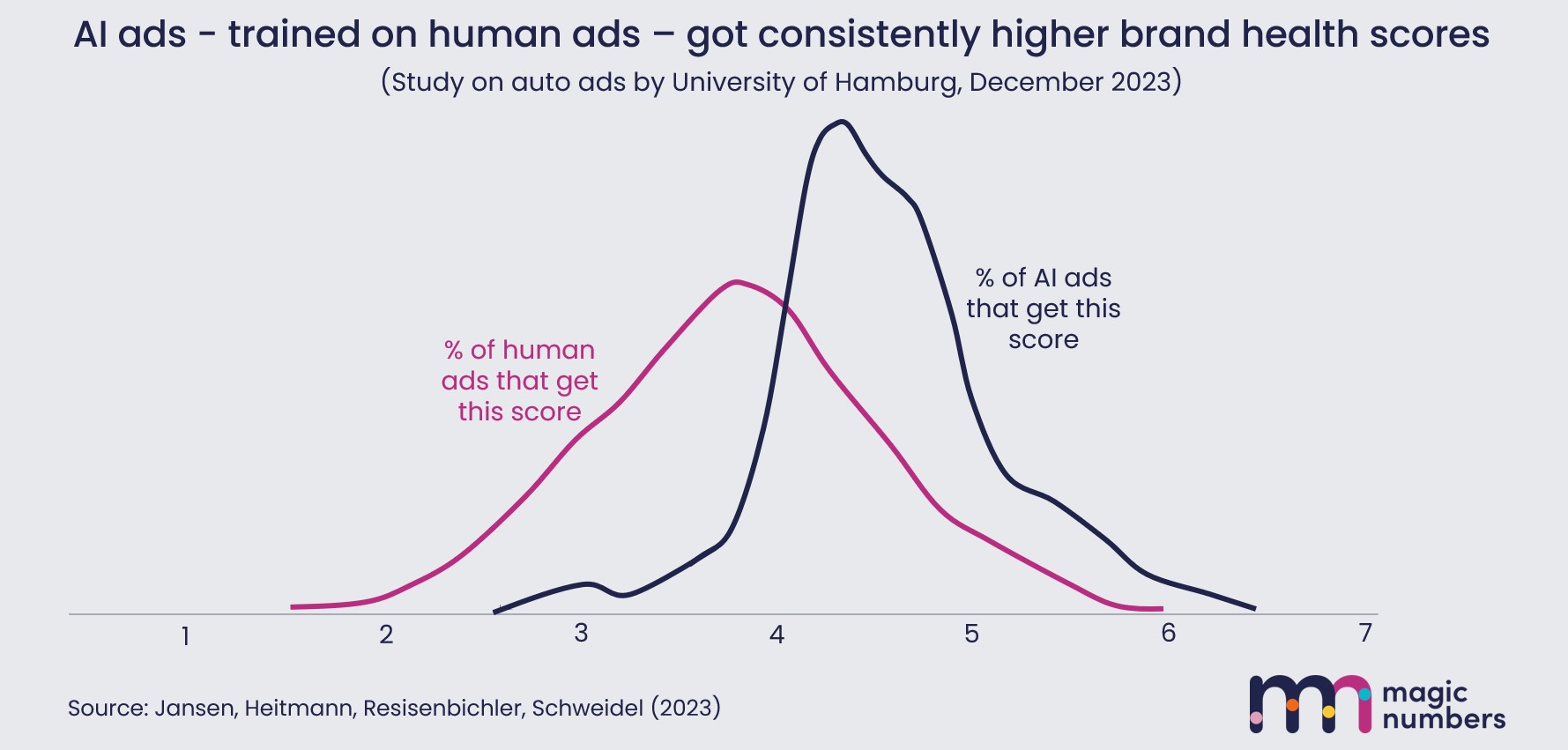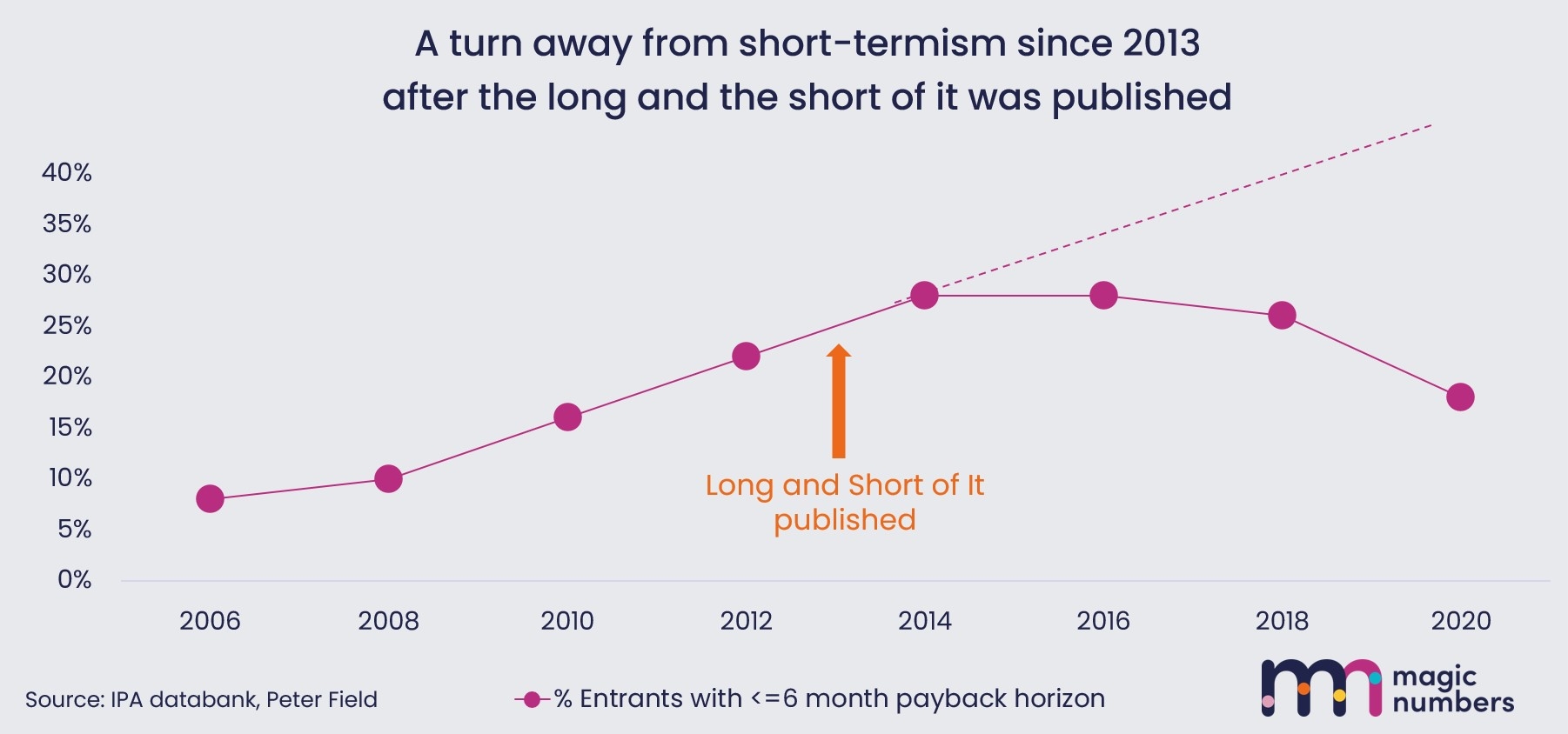There’s a data backlash going on.
Sometimes its expressed quietly but in rooms full of influence, sometimes it’s loud. But the complaint is always the same: Data imposes rules on advertising and it stifles the imagination.
This is true, but the answer isn’t to throw data away. It’s to evolve the way data is being used.
Data shouldn’t be used to dictate, instruct, or generate ideas. Coming up with good ideas is a job for people.
Instead, data should be used to convert ideas into action. To demonstrate why that idea is widely relevant, to show what it can do, and to get people to act on it.
That’s the super power of good data, and advertising needs it now more than ever.
Data causes problems if it’s used to produce ideas
The data haters are right when they say that data can’t imagine a better future, it can only give you a description of what’s happened in the past. And they’re right to say that if competitors have the same description of the same past there’s no advantage available.
To see why, consider ads produced by AI. What AIs do is observe ads from the past, analyse data on what worked well, and regurgitate and combine the best bits into new forms. It’s the supercharged version of coming up with ideas using effectiveness data and analysis.
The emerging evidence is that this works in the first instance. AI ads outperform those made by people.
For example, the chart below shows brand health scores for car ads generated by data and AI in blue vs. people in pink. On average, AI ads deliver a higher brand health score, and a higher probability that you won’t air a dud.



